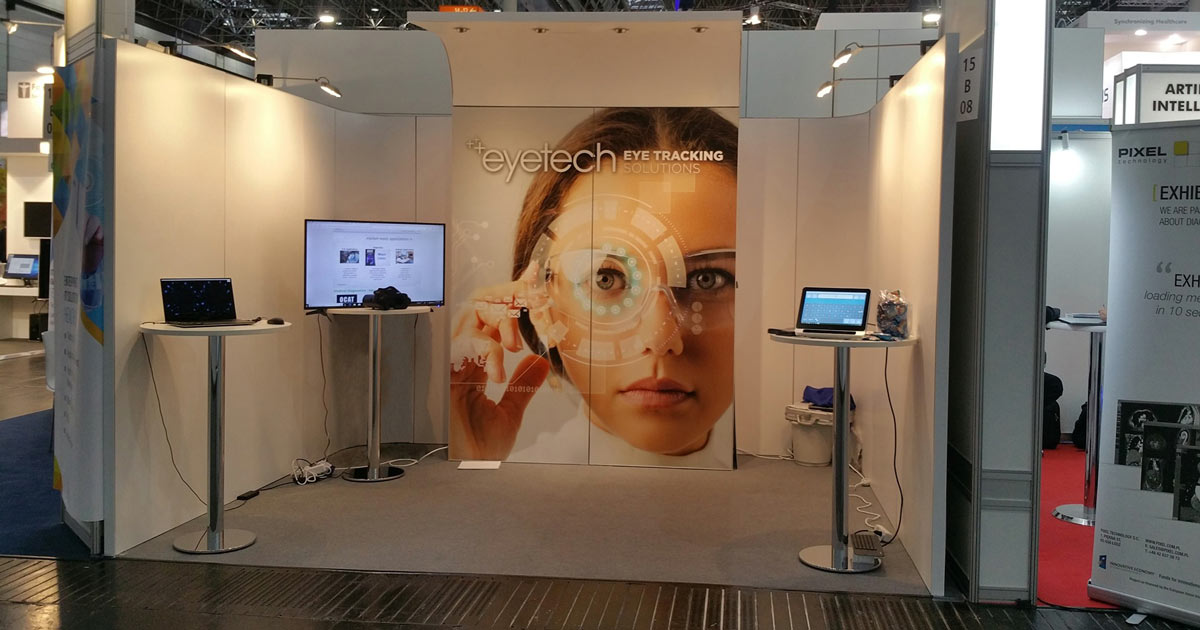When humans communicate with each other, we get important cues from watching each others eyes. Similarly, machines can gain valuable information and new capabilities by detecting and tracking users™ gazes. Robust eye tracking was once limited to cumbersome laboratory set-ups, but today thanks to improvements in sensors, processors and algorithms eye tracking can be embedded into a wide range of products such as medical devices, industrial equipment, digital signage and cars. In these applications, eye tracking enables seamless augmented reality, natural user interfaces, and analysis of which objects and information are most interesting to users.
Dan Isaacs, Director of Smarter Connected Systems at Xilinx, and Robert Chappell, Founder of EyeTech Digital Systems, co-present the "Implementing Eye Tracking for Medical, Automotive and Headset Applications" tutorial at the May 2015 Embedded Vision Summit.
In this presentation, Dan and Robert present the design of a portable/wearable eye-tracking system. They introduce the fundamental techniques used for eye tracking. Then, they explore the challenges of implementing robust eye-tracking in a cost- and power-constrained system, and show an innovative design implemented on a programmable SoC that overcomes these challenges. They conclude with a live demo of the eye-tracking system.
Go to the Embedded Vision Alliance website to see the full content.



